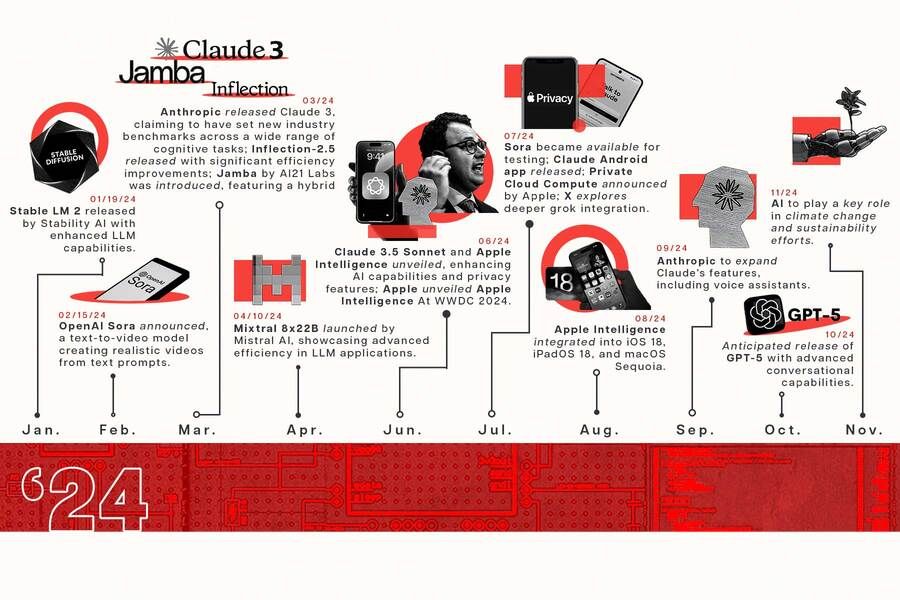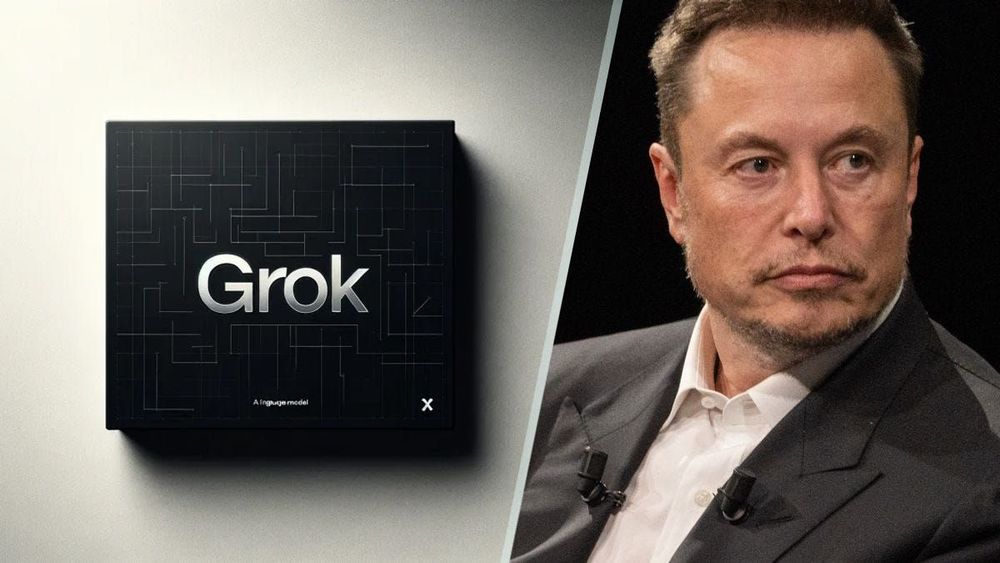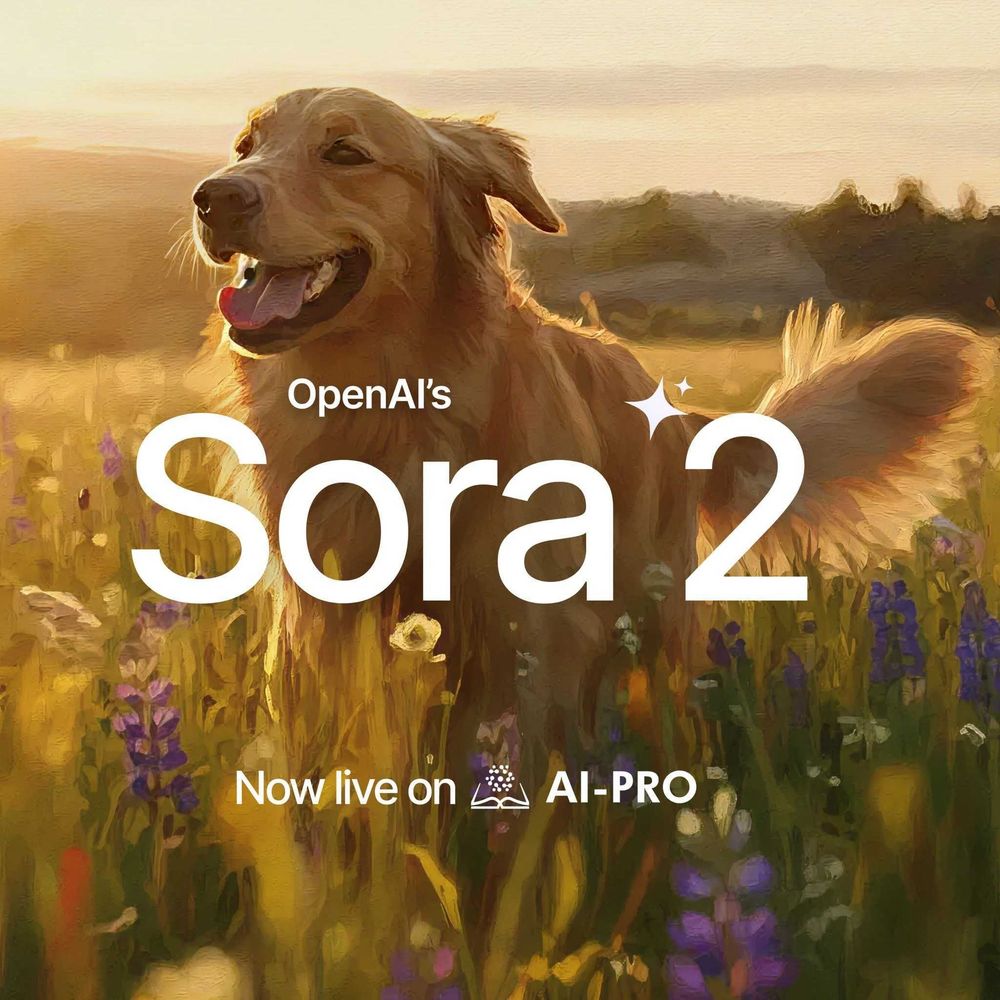In the rapidly evolving landscape of technology, the rise of artificial intelligence (AI) and large language models (LLMs) has been nothing short of revolutionary. From their inception to the present day, these technologies have redefined the boundaries of what machines can achieve, influencing a myriad of industries and reshaping the way we interact with digital systems.

Now, we turn our focus to the AI revolution timeline, where we explore the key milestones and pivotal moments that have defined the evolution of artificial intelligence from 2022 to the present and beyond. This timeline presents a detailed and chronological account of major advancements, model releases, and influential developments, offering insights into how these breakthroughs have shaped the current and future landscape of AI.
-
July 12, 2022 - Launch of Midjourney
Midjourney, a powerful AI-powered image generation tool, was released to the public as a Discord bot, allowing users to create unique and imaginative images from text prompts. Midjourney quickly gained popularity among artists and creatives, showcasing the potential of generative AI in the art world. -
August 22, 2022 - Launch of Stable Diffusion
Stability AI released Stable Diffusion, an open-source text-to-image diffusion model designed to produce high-quality images from text prompts. This model democratized access to powerful image generation technology, leading to widespread adoption and innovation in the creative fields.

-
November 30, 2022 - Launch of ChatGPT
OpenAI released ChatGPT, a conversational AI model based on the GPT-3.5 architecture. This marked a significant milestone in generative AI, rapidly gaining popularity and becoming the fastest-growing consumer app in history, reaching 100 million users within two months. -
March 2023
-
March 1 - ChatGPT API Launch
OpenAI made the ChatGPT API available to developers, enabling integration of ChatGPT's capabilities into various applications. -
March 14 - Introduction of GPT-4
OpenAI launched GPT-4, featuring a larger context window, better accuracy, reduced hallucinations, and multimodal input capabilities. -
Launch of Claude
Anthropic released the Claude language model, which showed strength in general tasks but limitations in coding, math, and reasoning. -
Italy Bans ChatGPT
Italy temporarily banned ChatGPT over data privacy concerns and the absence of age verification mechanisms. -
Launch of DALL·E 2
OpenAI released DALL·E 2, an upgraded model for generating images from text prompts with better quality and realism.
-
March 1 - ChatGPT API Launch
-
April 2023 - Launch of InstructGPT
OpenAI released InstructGPT, a fine-tuned version of GPT-3 focused on following instructions better and producing safer outputs. -
July 2023
-
Release of Claude 2
Claude 2 increased the context window to 100,000 tokens and added PDF/document support for deeper interaction. -
July 9 - Sarah Silverman Files Lawsuit
Sarah Silverman filed a class action lawsuit against Meta and OpenAI, claiming unauthorized use of copyrighted materials in AI training.
-
Release of Claude 2
-
September 2023
-
September 13 - US Senate AI Insight Forum
A bipartisan forum featuring Elon Musk, Sundar Pichai, and others discussed AI risks, laws, and the need for safeguards. -
Criticism of Claude 2
Users criticized Claude 2 for excessive ethical filtering, sparking debate on balancing alignment and usability.
-
September 13 - US Senate AI Insight Forum
-
October 30, 2023 - Biden Signs Executive Order on AI
The executive order aimed to ensure the safe and trustworthy development of AI technologies in the U.S. -
November 2023
-
First Global AI Safety Summit
Held in the UK, this summit gathered 28 countries to discuss global AI safety and regulatory cooperation. -
OpenAI's First-Ever Dev Day
OpenAI announced tools for creating custom GPTs, emphasizing personalization and application-specific AI.
-
First Global AI Safety Summit
-
December 6, 2023 - Launch of Google Gemini
Google launched Gemini, a multimodal competitor to GPT-4, integrated initially into Bard and other Google tools. -
January 19, 2024 - Release of Stable LM 2
Stability AI released new large language models with up to 12 billion parameters, advancing AI capabilities across industries. -
February 15, 2024 - OpenAI Sora Announcement
OpenAI introduced Sora, a text-to-video model capable of generating realistic video content from prompts. - March 2024

-
Release of Claude 3
Anthropic released Claude 3, featuring three models—Haiku, Sonnet, and Opus. Claude 3 demonstrated meta-cognitive reasoning, including awareness of being tested. -
March 2024
-
March 10 - Launch of Inflection-2.5
Inflection AI released Inflection-2.5, achieving over 94% of GPT-4’s performance using only 40% of training FLOPs. -
March 29 - Introduction of Jamba
AI21 Labs unveiled Jamba, a hybrid Mamba-style model with a 256K context window and efficient GPU deployment.
-
March 10 - Launch of Inflection-2.5
-
April 2024
-
April 10 - Release of Mixtral 8x22B
Mistral AI launched Mixtral 8x22B, a sparse MoE model with 141B total and 39B active parameters. -
NVIDIA GTC AI Conference
NVIDIA showcased advances in AI hardware/software and discussed the future of AI.
-
April 10 - Release of Mixtral 8x22B
-
June 2024
-
Launch of Claude 3.5 Sonnet
Claude 3.5 Sonnet improved on Claude 3 Opus in code generation, workflows, and visual understanding. New "Artifacts" feature introduced real-time code previews. -
Apple Announces Apple Intelligence
Apple unveiled Apple Intelligence, integrating AI into Siri, Messages, and more with a privacy-first, on-device approach. -
Elon Musk Criticizes Apple's OpenAI Partnership
Musk opposed OpenAI integration into Apple devices, calling it a security risk and threatening to ban Apple products at his companies. -
Growing Adoption of LLMs in Fortune 500 Companies
92% of Fortune 500 firms reported using generative AI in operations, reflecting mainstream enterprise integration. -
Global LLM Market Growth Projection
LLM market projected to grow from $6.5B in 2024 to $140.8B by 2033.
-
Launch of Claude 3.5 Sonnet
-
July 2024
-
July 23 - OpenAI’s Sora Made Available for Testing
Sora was opened to testers and creatives for safety evaluation before public release. -
Release of Claude Android App
Anthropic launched the Claude Android app, offering access to Claude 3.5 Sonnet and real-time translation. -
Apple Announces Private Cloud Compute
Apple introduced Private Cloud Compute, offloading complex queries to Apple Silicon servers with built-in privacy. -
X Explores Deeper Grok Integration
Elon Musk’s X is developing tighter integration of its Grok chatbot within the platform. -
750 Million Apps Using LLMs by 2025
Forecasts estimate 750 million apps will integrate LLMs by 2025.
-
July 23 - OpenAI’s Sora Made Available for Testing
-
August 2024
-
Apple Intelligence Comes to iOS 18, iPadOS 18, and macOS Sequoia
Apple Intelligence will launch in Fall 2024, initially supported only on iPhone 15 Pro models and newer. -
Predictions for 50% of Digital Work to be Automated
Analysts predict half of all digital work will be AI-automated by 2025.
-
Apple Intelligence Comes to iOS 18, iPadOS 18, and macOS Sequoia
-
September 2024
-
Expansion of Claude's Capabilities
Anthropic to integrate voice support and enterprise features into Claude.
-
Expansion of Claude's Capabilities
-
October 2024
-
Anticipated Release of GPT-5
GPT-5 is expected to surpass previous models in reasoning, natural language generation, and multimodal capabilities.
-
Anticipated Release of GPT-5
-
November 2024
-
Predictions for AI in Climate Change
AI expected to play a vital role in environmental monitoring, energy optimization, and sustainability initiatives.
-
Predictions for AI in Climate Change
The Future Unfolding in the AI Revolution Timeline
As we traverse through the AI Revolution Timeline, it becomes evident that the landscape of artificial intelligence is evolving at an unprecedented pace. From the transformative launch of ChatGPT in late 2022 to the anticipated advancements of GPT-5, each milestone represents a significant leap forward in the capabilities and applications of AI technologies. our website
and stay engaged with the latest news and breakthroughs in artificial
intelligence!
our website
and stay engaged with the latest news and breakthroughs in artificial
intelligence! 




